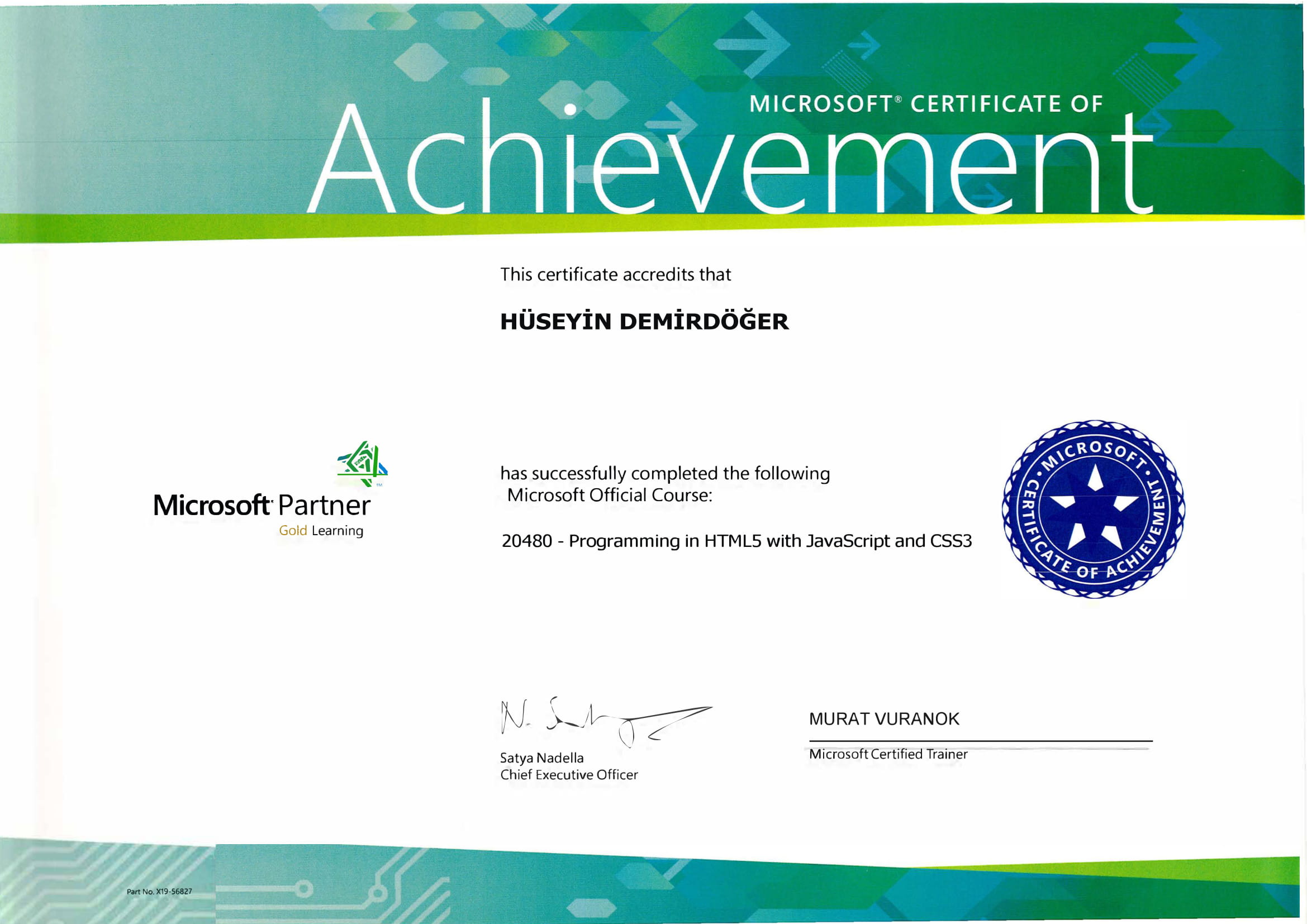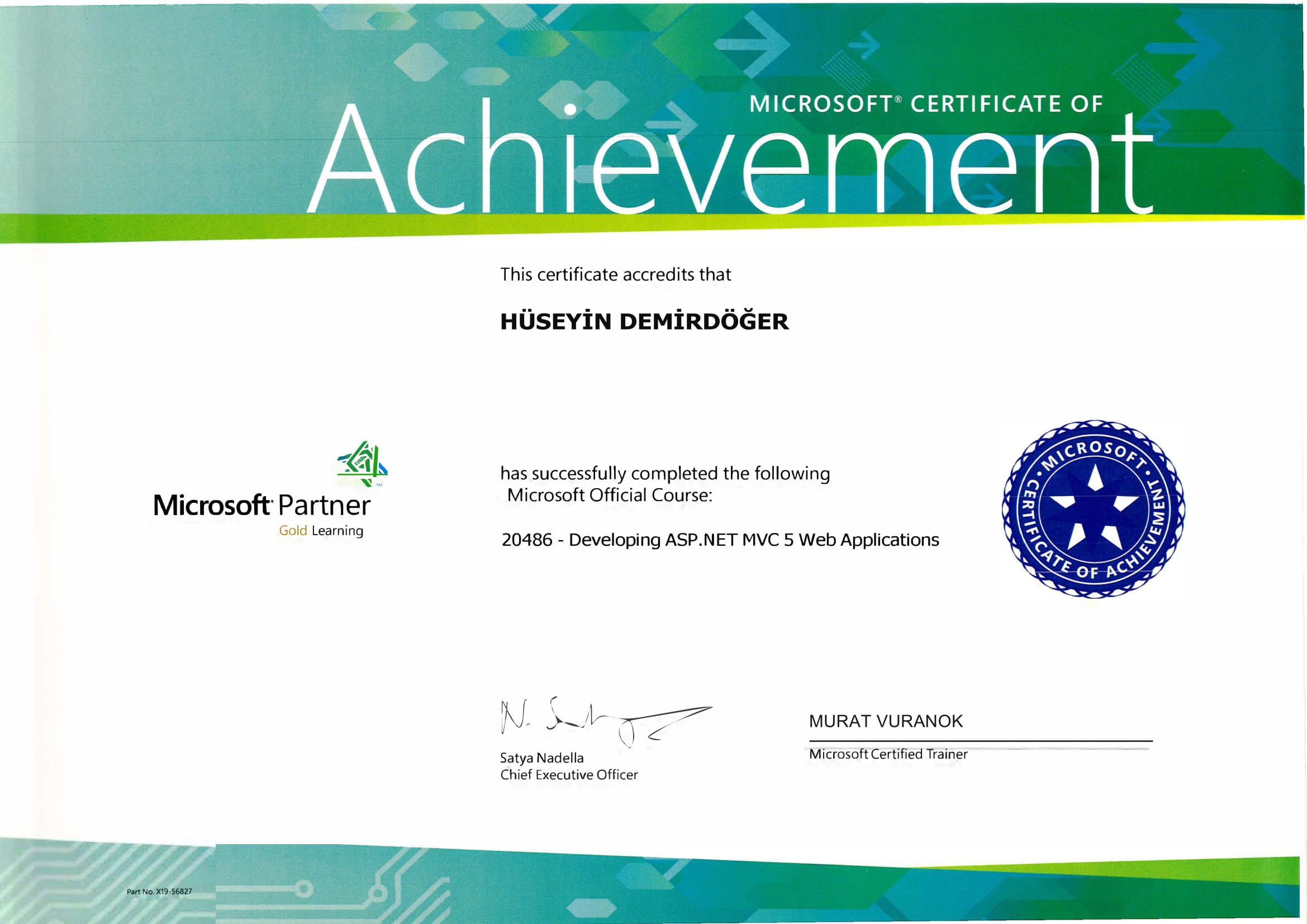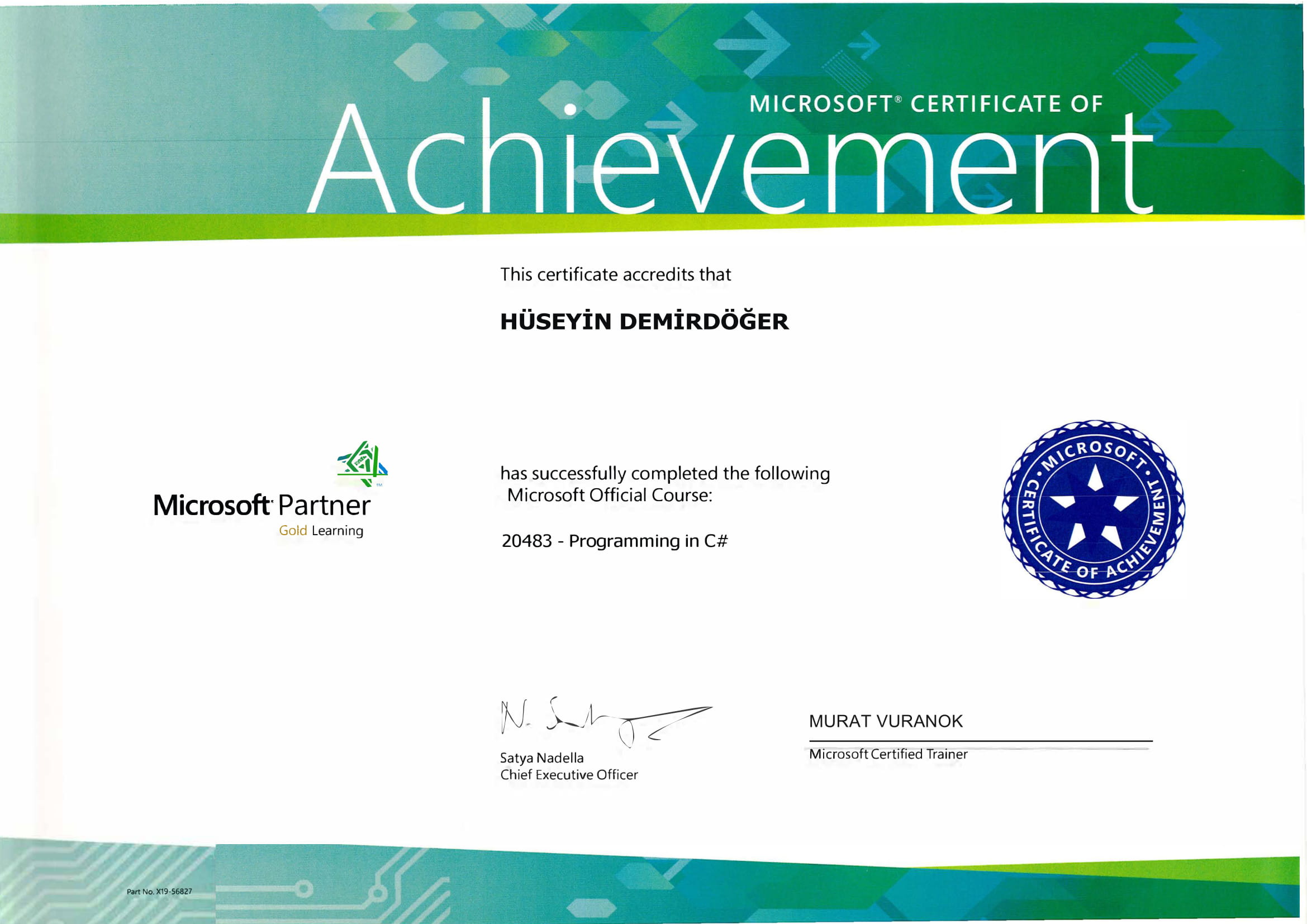Windows error code 0x80070003 can be quite a headache for users when it pops up during updates, system restores, or when dealing with file corruption issues. I remember the time I first encountered it—frustrating, right? It can occur when the system cannot locate the files necessary for an update or when a file is missing or corrupted. But, don't worry, resolving this issue is definitely within reach.
Understanding Windows Error Code 0x80070003
When you're mid-update and suddenly hit the 0x80070003 snag, it's usually related to file path discrepancies or data corruption. According to Microsoft's Support, it's often a problem connected to the update or firewall settings. However, this error might emerge from a deeper issue with the system configuration or even your system's files.
Causes of Error Code 0x80070003:
- File Path Issues: Missing or misconfigured system files can trigger the error.
- Update Services: Interruption in Windows Update services.
- Corruption in System Files: Damaged or missing system files could lead to this error.
- Issues with Windows Firewall: Incorrect firewall configurations blocking updates.
Have you ever experienced this with your Windows system?
Steps to Fix Windows Error Code 0x80070003
Here's a structured approach to resolving the error:
Step 1: Use the Windows Update Troubleshooter
- Navigate to Settings > Update & Security > Troubleshoot.
- Select Windows Update and run the troubleshooter.
This step can pinpoint the root of the problem. Yet, if it persists, there are more methods available.
Step 2: Restart Windows Update Services
Sometimes, manually restarting update services can do the trick:
- Press
Windows + R, typeservices.msc, and hit Enter. - Find Windows Update in the list, right-click, and select Stop.
- Navigate to
C:\Windows\SoftwareDistribution, and delete the contents of the DataStore and Download folders. - Go back to Services, right-click Windows Update, and select Start.
Step 3: Perform a System File Check
File corruption can often be remedied by the System File Checker:
- Open Command Prompt as an administrator.
- Type
sfc /scannowand press Enter. - Follow on-screen instructions to let the system find and repair issues.
This is quite similar to addressing issues related to system file corruption as seen in error code 0x8007000d.
Step 4: Check for Windows 10 or 11 System Update Readiness
In some cases, using the DISM tool can resolve deeper issues:
- Open Command Prompt as an administrator.
- Run the following commands sequentially:
DISM /Online /Cleanup-Image /CheckHealthDISM /Online /Cleanup-Image /ScanHealthDISM /Online /Cleanup-Image /RestoreHealth
Step 5: Manually Reset Windows Update Components
This might seem techy, but follow along:
- Open Command Prompt as an administrator.
- Stop update services using:
net stop wuauservnet stop bits
- Rename
SoftwareDistributionandCatroot2folders:ren C:\Windows\SoftwareDistribution SoftwareDistribution.oldren C:\Windows\System32\catroot2 Catroot2.old
- Restart services with:
net start wuauservnet start bits
These steps can also be useful for resolving issues related to update failures similar to error code 0x80070103.
Step 6: System Restore
If none of the above works, and you're wondering if a System Restore could help, you're right!
- Search for "System Restore" in the start menu, and follow the steps to revert your system to a prior state before the error occurred.
Conclusion
Fixing error code 0x80070003 can be challenging, but by following the steps above, you'll likely find a resolution. Have you tried a different method that worked for you? Feel free to share your thoughts or questions. Remember, maintaining regular backups can prevent future headaches, ensuring smoother Windows operations.
For additional troubleshooting, consult guides on similar errors such as error code 0x8007005, which also deals with close error relatives.


















